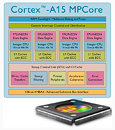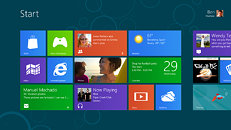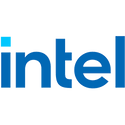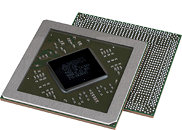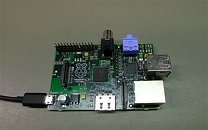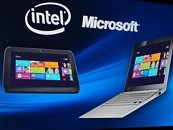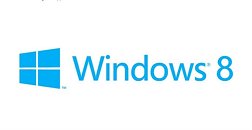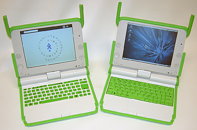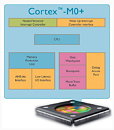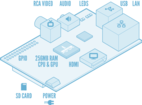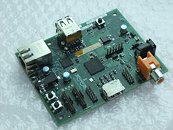ARM Announces Cortex-A15 Quad-Core Hard Macro
ARM today announced the availability of a high performance, power-optimized quad-core hard macro implementation of its flagship Cortex-A15 MPCore processor.
The ARM Cortex-A15 MP4 hard macro is designed to run at 2 GHz and delivers performance in excess of 20,000 DMIPS, while maintaining the power efficiency of the Cortex-A9 hard macro. The Cortex-A15 hard macro development is the result of the unique synergy arising from the combination of ARM Cortex processor IP, Artisan physical IP, CoreLink systems IP and ARM integration capabilities, and utilizes the TSMC 28HPM process.
The ARM Cortex-A15 MP4 hard macro is designed to run at 2 GHz and delivers performance in excess of 20,000 DMIPS, while maintaining the power efficiency of the Cortex-A9 hard macro. The Cortex-A15 hard macro development is the result of the unique synergy arising from the combination of ARM Cortex processor IP, Artisan physical IP, CoreLink systems IP and ARM integration capabilities, and utilizes the TSMC 28HPM process.
